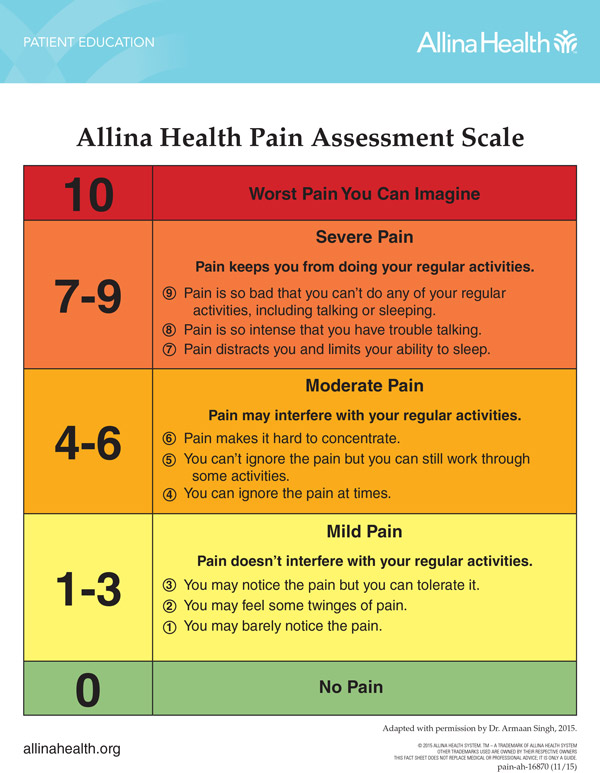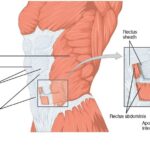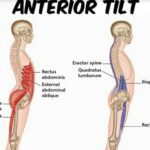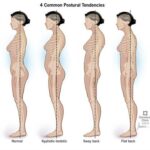
What is pain? Merriam-Webster defines pain as this: “Usually localized physical suffering associated with bodily disorder (such as a disease or an injury); also: a basic bodily sensation induced by a noxious stimulus, received by naked nerve endings, characterized by physical discomfort.” [1]
While pain was once classified as a sensation measuring the level of tissue damage, it is now accepted that pain is a “complex and highly sophisticated protective mechanism.” So how does the body measure pain? While the body doesn’t exactly have “pain receptors” that immediately respond to pain, it does have a complicated network of specialized nerves called Nociceptors [2] that send signals to the brain warning of possible dangers like imbalances in homeostasis and sensation. These receptors send signals to the brain after said stimuli has passed a “high threshold” established by the nociceptors, once the threshold has been passed by a chemical, thermal or mechanical stimuli. The signals that they send to the brain are not exactly signals of‘pain’ because ‘pain’ is a sensation created in the brain (through the processing of large amounts of data and guided by factors like past experiences, expectation of pain and other sensory data) and sent to the areas of stimulation. The signal the brain sends back to the areas affected is the perception of pain. For example if one were to simultaneously grab onto a cold wire and a warm wire, the brain’s immediate reaction is “HOT!!’ and sends the message that it is a single burning hot wire in an attempt to protect the body from tissue damage. If the same person were to grab the wires individually the brain would respond accordingly, no longer receiving mixed signals and sending a signal of perceived pain.
PAIN IN SPORTS/MASSAGE
Many different forms of pain can be experienced in training and competition and those who experience it can also interpret it in many ways. For example a beginner athlete in weight lifting or running most likely has less of a tolerance for the sensations one might feel while training. A person new to weight lifting may take the burning of repetitions (positive training pain) as the sign of a problem (negative training pain), while a seasoned weightlifter would think nothing more of it than part of the process necessary to achieve hypertrophy. The same person could also mistake an actual injury as positive training pain when a veteran to lifting would recognize the sensation as a threat and react accordingly. Just as in sports, overtime one develops a sense of how a massage, intended to facilitate tissue recovery, should feel. A first time recipient of massage may be uncomfortable with the pressure that a veteran of massage may interpret as “too light”. Recipients of massage both new and seasoned as well as the therapists they work with may find the use of a pain scale during massage to be very useful. It’s a good idea to incorporate a system of understanding in order to maximize client/therapist communication and achieve the greatest results. Developing a pain scale such as the following could go a long way.
![[5]](https://images.squarespace-cdn.com/content/v1/568c1797df40f37b331c4d04/1504285463879-HRF33GX0YGUC822Z39DI/Allina-Health-Pain-Assessment-Scale.jpg)
[5]
In conclusion, the sensation of pain is both complex and relative and should be treated as such. Not all pain is bad pain, but all pain is the brain’s way of sending a signal of possible danger.
References (viewed 8/31/17):
- https://www.merriam-webster.com/dictionary/pain
- https://www.sciencedaily.com/terms/nociceptor.htm
- http://www.appliedsportpsych.org/resources/resources-for-athletes/pain-tolerance-in-sport/
- https://www.google.com/amp/www.bodyinmind.org/what-is-pain/amp/
- http://wellness.allinahealth.org/library/content/0/10
This article/video is for educational purposes only; do not attempt without your physician’s clearance. If you are in pain or injured, see your physician.
Copyright © Vidal Sports LLC 2018







